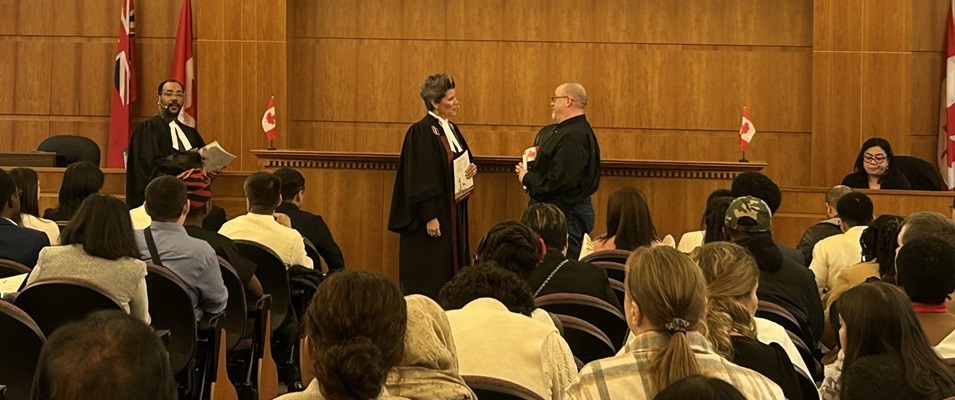
After a short time in government, we see the age of accountability and austerity entering the halls on Broadway as Premier Pallister and his government strive to right the good ship Manitoba. While it’s beyond debate that the ship was listing and likely had a few holes in the hull, it’s debatable as to whether it was really in imminent danger of sinking or whether this is simply politics at work.
Most definitely, some processes and policies were non-functional or unrealistic. As an example, the East Side Road Authority, with its mandate to not only plan and build a road but also prepare communities along the way for new business, was doomed to falter… and eventually fail.
Noble goals, but with such vast mandates, authorities or committees tend to spread their attention and skills too thin, accomplishing little on all fronts. And while it is also accepted that the recipe for most government initiatives is good intentions with a dash of political motivation, it is not unusual for governments in their honeymoon period to bring down the axe on programs that have over-spiced the second ingredient.
This mindset of cost-cutting appears to be in direct contradiction to the City of Winnipeg and their discussion about growth fees. The contradiction isn’t lost on the premier, who has publically expressed his displeasure with the idea and has encouraged city council to find cost savings rather than “tax” new development.
What may be lost on the premier, though, is the fundamental difference between the finances of municipalities and the province, especially as it pertains to growth.
While the responsibilities and resources of the federal and provincial governments were well laid out at Confederation and modified as required, the municipalities are simply children of the province. Restricted to the resources granted to them in the form of property taxes, municipalities have adequately performed their initial mandate of providing basic services such as streets and drainage. The municipal system performed well in the beginning, but as the mandate changed through heightened citizen expectations, this singular source of revenue became stretched. When it could be stretched no more, projects were deferred (and deferred again and again in some cases), creating the deficits in infrastructure and services we have today.
Standing still isn’t an option for any community (or province). You’re either growing or you’re shrinking. As such, growth is the preferable option. But while growth does have cost impacts on provincial and federal services, these are more than offset by the legislated abilities to tax that growth at various levels and through various facets of life. Contrarily, municipal governments only have property tax revenue through which to fund increased operational demand. Increasing property taxes usually does fund operations adequately, but it doesn’t fund future capital replacement. It’s enough to clear the streets and patch the potholes, but municipalities can’t put away enough to replace a street when its 30-year lifespan comes to an end.
So at first glance, Winnipeg’s proposed growth fees may seem to be the workings of a spendthrift government, but in actuality there may be fiscal prudency and ratepayer equity in this process. If growth drives the need for capital investment, then imposing growth fees on new development may be more equitable than spreading the cost of growth through the entire tax base, including existing property owners. Growth fees already exist in many municipalities across the country, and this is certainly the reasoning for many of them.
Will growth fees impact development and citizens? Yes, likely both positively and negatively. New development will need to pass on these costs to the price of lots, inflating the land value of new homes. Yet this will likely also exert upward pressure on the value of existing homes—and that increase may also benefit the capital region outside of Winnipeg, as the gap in pricing widens further. In the end, the price changes will become the new norm and the market will adjust and find a way to operate in balance.
The premier has vowed to find cost savings through efficiency and analysis, and I believe that he has and he will find more. Perhaps he and his team will find enough savings to produce additional resources for municipalities struggling with their ballooned mandates. If not additional resources, perhaps it’s time to take some responsibilities back off the overflowing municipal plate.




















